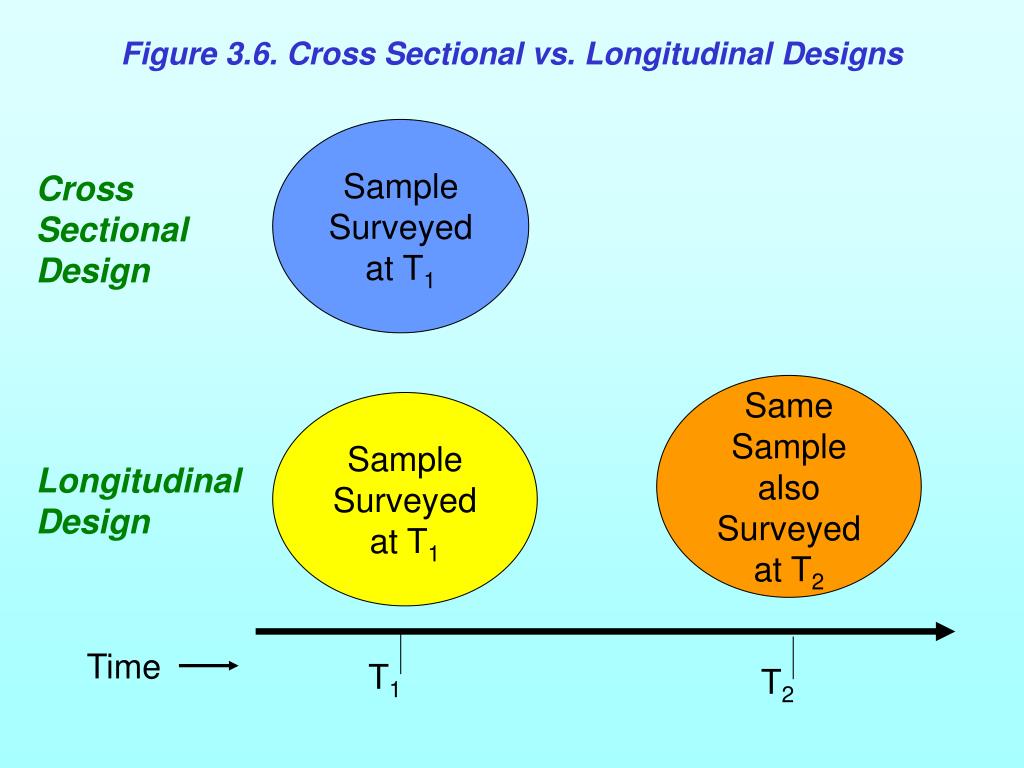Table Of Content

However, the fact that there is only one cohort also makes it impossible to identify cohort effects from a single cohort longitudinal study. Cohort effects can be identified from accelerated longitudinal studies because they comprise multiple cohorts. This paper has explored our experience of LQR and highlighted areas where we have learned a great deal about the methodology. During this longitudinal project we developed expertise in managing practical and ethical issues, tried different analysis strategies to look for alternative ways of examining data and understanding the experience of participants.
Retrospective Study
Ensure adequate time is included in project plans for project management and communication with participants. Our analyses have highlighted new insights into the symptom experiences of patients with cancer. Utilizing multiple analysis strategies and theoretical perspectives has its strengths and allows comparison and gives direction for reanalysis and further interpretation of this important research resource. Lewis Terman aimed to investigate how highly intelligent children develop into adulthood with his "Genetic Studies of Genius." Results from this study were still being compiled into the 2000s. However, Terman was a proponent of eugenics and has been accused of letting his own sexism, racism, and economic prejudice influence his study and of drawing major conclusions from weak evidence. For example, a recent study found new information on the original Terman sample, which indicated that men who skipped a grade as children went on to have higher incomes than those who didn't.

Types of surveys that use a longitudinal study
Numerous predisposing factors were postulated to align together to produce cardiovascular disease, with increasing age being considered a central determinant. Attrition over time is the main source – participants dropping out for various reasons. The consequences of missing data are reduced statistical power and potential bias if dropout is nonrandom. Longitudinal studies can take months or years to complete, rendering them expensive and time-consuming. Because of this, researchers tend to have difficulty recruiting participants, leading to smaller sample sizes. The Harvard Study of Adult Development is one of the longest longitudinal studies to date.
Frequently Asked Questions
For example, familiarity with test items and procedures may allow participants to improve their scores over repeated testing above and beyond any true change. Using already collected data will save you time, but it will be more restricted and limited than collecting it yourself. When collecting your own data, you can choose to conduct either a retrospective or prospective study. Longitudinal studies tend to be challenging to conduct because large samples are needed for any relationships or patterns to be meaningful.
Circadian, Reward, and Emotion Systems in Teens prospective longitudinal study: protocol overview of an integrative ... - BMC Psychiatry
Circadian, Reward, and Emotion Systems in Teens prospective longitudinal study: protocol overview of an integrative ....
Posted: Thu, 17 Aug 2023 07:00:00 GMT [source]
Unlike longitudinal studies, where the research variables can change during a study, a cross-sectional study observes a single instance with all variables remaining the same throughout the study. A longitudinal study may follow up on a cross-sectional study to investigate the relationship between the variables more thoroughly. For example, some longitudinal studies have explored differences and similarities among identical twins, some reared together and some apart. In these types of studies, researchers tracked participants from childhood into adulthood to see how environment influences personality, achievement, and other areas.
1 Identifying possible designs
Psychologists use the longitudinal study design to explore possible relationships among variables in the same group of individuals over an extended period. Firstly it was a study carried out in a single population in a single town, bringing into question the generalisability and applicability of this data to different groups. However, Framingham was sufficiently diverse both in ethnicity and socio-economic status to mitigate this bias to a degree. Despite the initial intent of random selection, they needed the addition of over 800 volunteers to reach the pre-defined target of 5,000 subjects thus reducing the randomisation.
Finally, increasing the frequency of measurement for a fixed duration appears to have little effect on the required number of subjects, but increases the required total number of measurements. For a fixed 840 measurements, the design with the lowest possible number of measurements per person is best for models (2) and (7). For model (6), design E, with four measurements per person, is optimal, although design B, with two measurements per person, is almost as good. We also considered the effect of varying the ratio of within to between-subject variability, σ2/d22, which was 1 for Figure 6.
This increases the speed and cost-efficiency of longitudinal data collection and enables the examination of age/cohort effects. Appropriate multilevel statistical models are required to analyze the resulting complex data structure. LQR is a prospective approach and therefore can give a different perspective on processes.
Data collection and management of resources
For this reason, researchers using this approach typically recruit many participants, expecting a substantial number to drop out before the end. Not only is it a struggle to recruit participants, but subjects also tend to leave or drop out of the study due to various reasons such as illness, relocation, or a lack of motivation to complete the full study. Since objectives and rules for long-term studies are established before data collection, these studies are authentic and have high levels of validity. It follows approximately 11% of all NZ children born between 2009 and 2010.[19] The study aims to look in depth at the health and well-being of children (and their parents) growing up in NZ. The Study is used by both researchers and policymakers to better understand how Australians are aging and using health services to prevent and manage ill-health and disability and guide health system decisions.
Table 1 presents the implied trends for each model (for simplicity, we have reparameterised models (7) and (8) in terms of βj). Because the participants share the same genetics, researchers chalked up any differences to environmental factors. Researchers can then look at what the participants have in common and where they differ to see which characteristics are more strongly influenced by either genetics or experience. Note that adoption agencies no longer separate twins, so such studies are unlikely today. Longitudinal methods may provide a more comprehensive approach to research, that allows an understanding of the degree and direction of change over time. Numerous variables are to be considered, and adequately controlled, when embarking on such a project.
This has enabled this study to more clearly delineate the natural history of this complex disease process. Inaccuracies in the analysis of longitudinal research are rampant, and most commonly arise when repeated hypothesis testing is applied to the data, as it would for cross-sectional studies. This leads to an underutilisation of available data, an underestimation of variability, and an increased likelihood of type II statistical error (false negative) (8). However, not all longitudinal studies have a control group, especially observational ones and not testing a specific intervention. In such a design, one group (the experimental group) would receive treatment or intervention, while the other group (the control group) would not.
For model (6), the longitudinal model implies linear trends for the different cohorts that are parallel but shifted by the intercept term. In model (7) the linear longitudinal trends are no longer parallel, leading to quadratic cross-sectional trends, whereas model (8) gives rise to cubic cross-sectional trends. Some methods for modelling cohort effects in an ALD will be considered in this section. Section 2.1.7 considers methods that treat cohort effects as fixed, whereas Section 2.1.8 discusses a model with random cohort effects.












